1. August Heat Isn’t Just Uncomfortable It Can Be Deadly
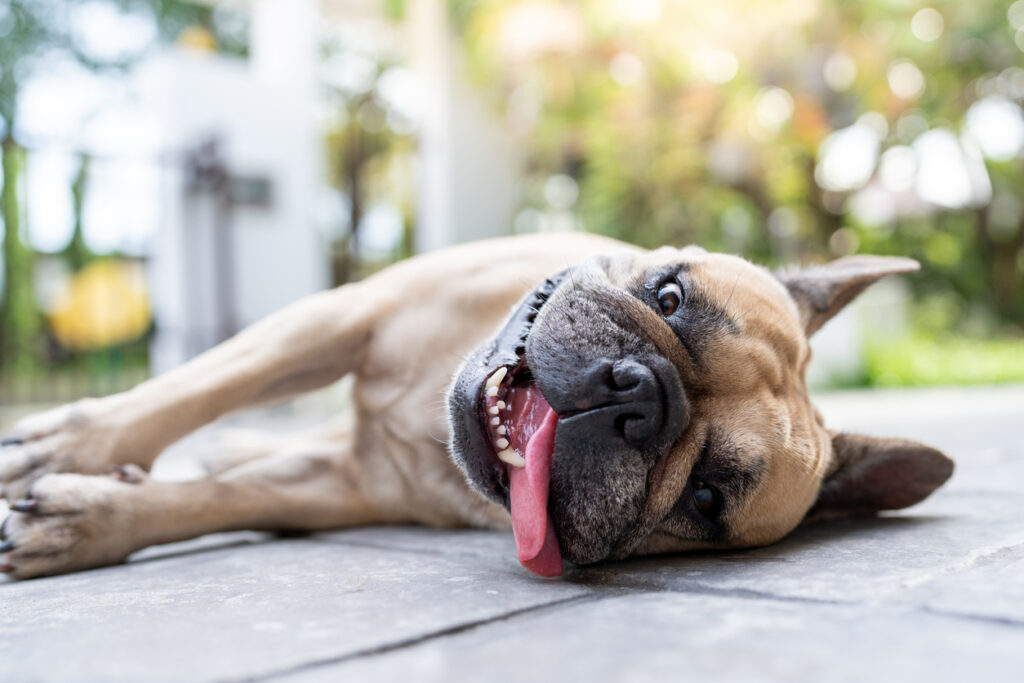
We all know the heat can make you sluggish, but for animals it goes far beyond discomfort. The intense sun and rising temperatures in August can turn an ordinary day into a serious health threat. Dogs panting in the backyard, cats stretched out on a hot windowsill, or birds outside with no cover are all feeling the weight of the heat. Dehydration, heatstroke, and exhaustion can come on fast. They don’t need to be running or playing hard. Just sitting in the sun too long can-do harm. That’s why summer care is more than water, t’s being watchful every day.
2. Dogs Can’t Sweat Like We Do
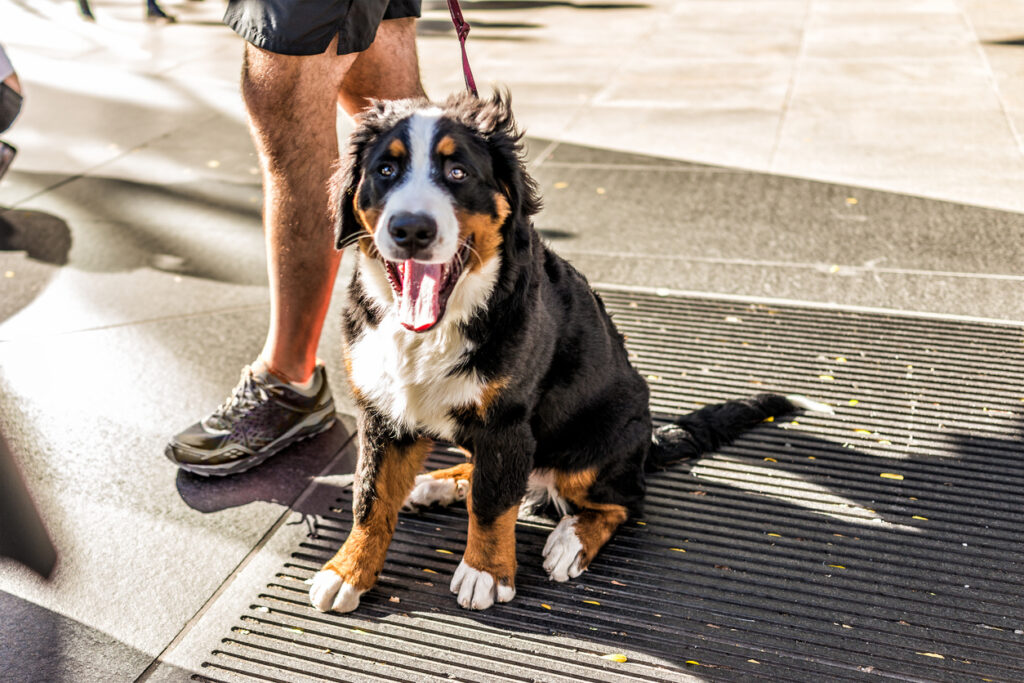
You’ve probably seen your dog panting even on a mild day, but in August, panting just doesn’t cut it. Unlike humans, dogs can’t sweat all over their bodies. Their main way of cooling off is through their tongue and paw pads. That means when the air is thick and hot, their cooling system struggles to work. A long walk in the sun might feel fine to us, but to a dog, it’s like walking through an oven. The safest move is to keep exercise early in the morning or late in the evening and always carry fresh cool water.
3. Flat Faced Breeds Really Struggle
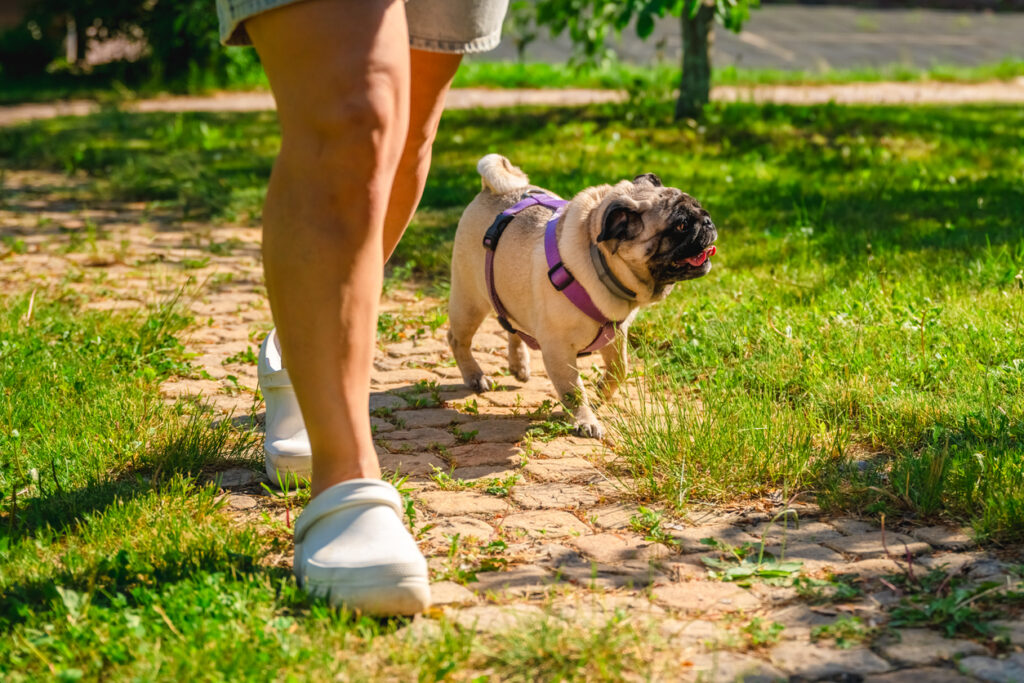
If you’ve got a pug, bulldog, or any of those adorable squishy-faced breeds, this is the time to keep a close eye on them. Their short nasal passages don’t allow enough air in and out when they pant. That makes it harder for them to regulate body temperature. What might be a warm day for your neighbor’s Labrador could be a crisis for your Frenchie. They might look fine one moment and be overheating the next. So it’s better to skip outdoor play during peak heat and create fun, shaded ways to keep them stimulated inside the house.
4. Seniors and Fluffy Pets Need Extra Help
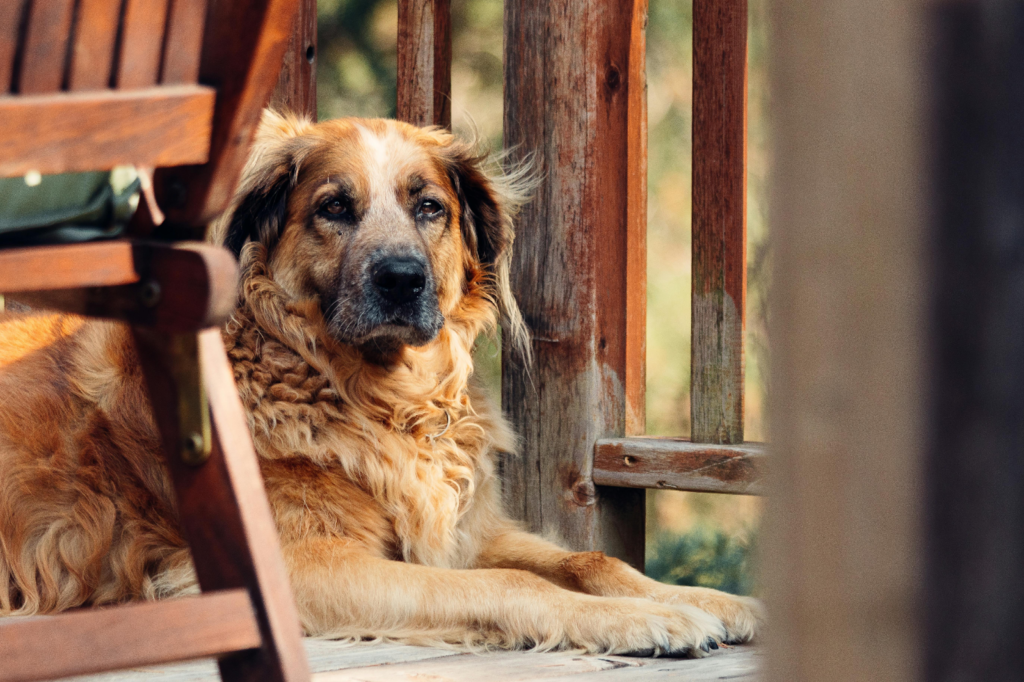
Older pets and those with thick coats like huskies or Persians have a harder time managing heat. Their bodies hold onto warmth longer and they may not have the same energy or awareness to move to cooler places. If you’ve got a senior dog or a long-haired cat, a grooming session can help lighten the load. Avoid midday sun, keep walks short, and provide cool tiles or damp towels to lay on. Sometimes it’s the little things like a fan pointed near their bed that brings the most relief. They’ve given you years of love, this is the time to return it.
5. Small Pets Suffer Quietly in Cages and Tanks
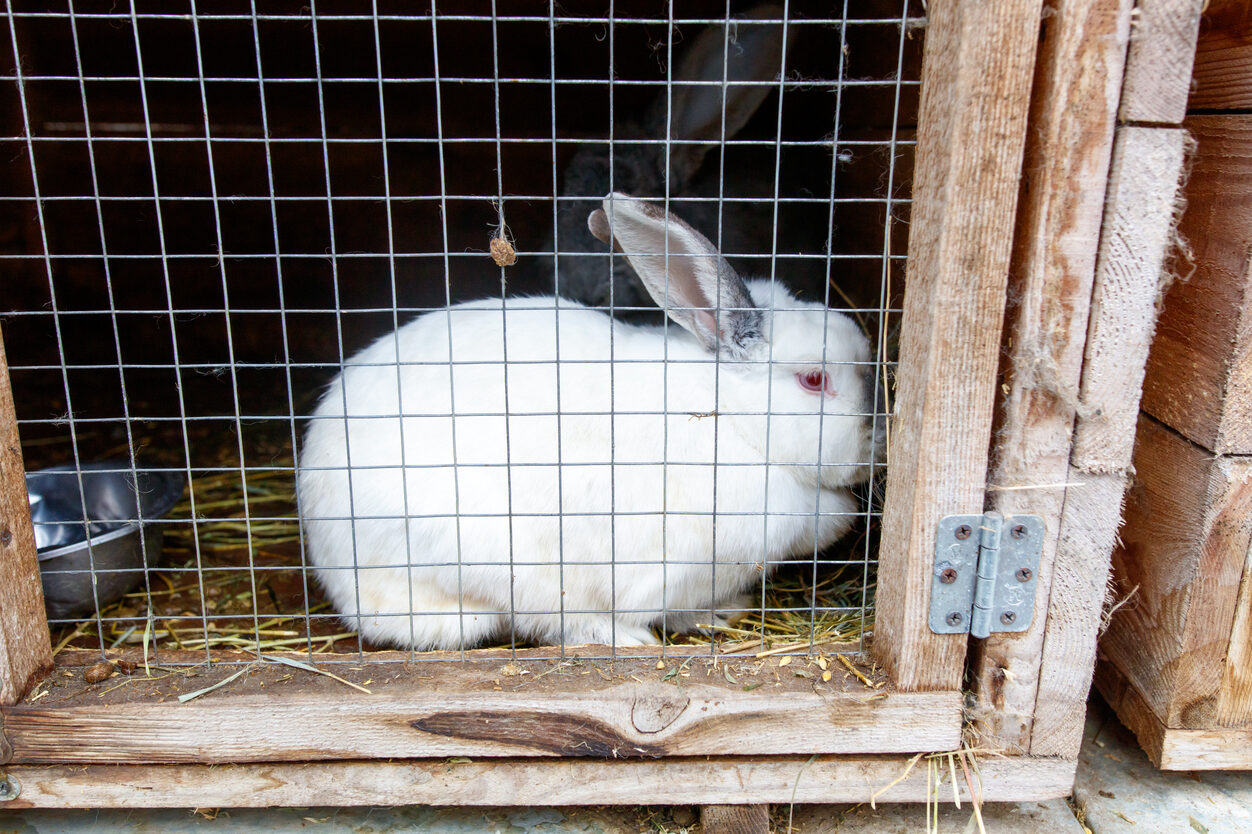
It’s easy to forget the little guys, rabbits, guinea pigs, reptiles, and birds, especially when they’re quiet and caged. But they feel the heat just as intensely, if not more. A sunny windowsill or outdoor hutch can become an unbearable trap in no time. Their enclosures can heat up fast, and without ventilation or shade, they can’t escape the danger. Move tanks out of direct sunlight, add cooling pads or frozen water bottles wrapped in cloth, and check on them more often. These animals can’t vocalize their distress, so they rely on you to notice the signs before it’s too late.
6. Zoos Cool Down with Clever Tricks You Can Copy
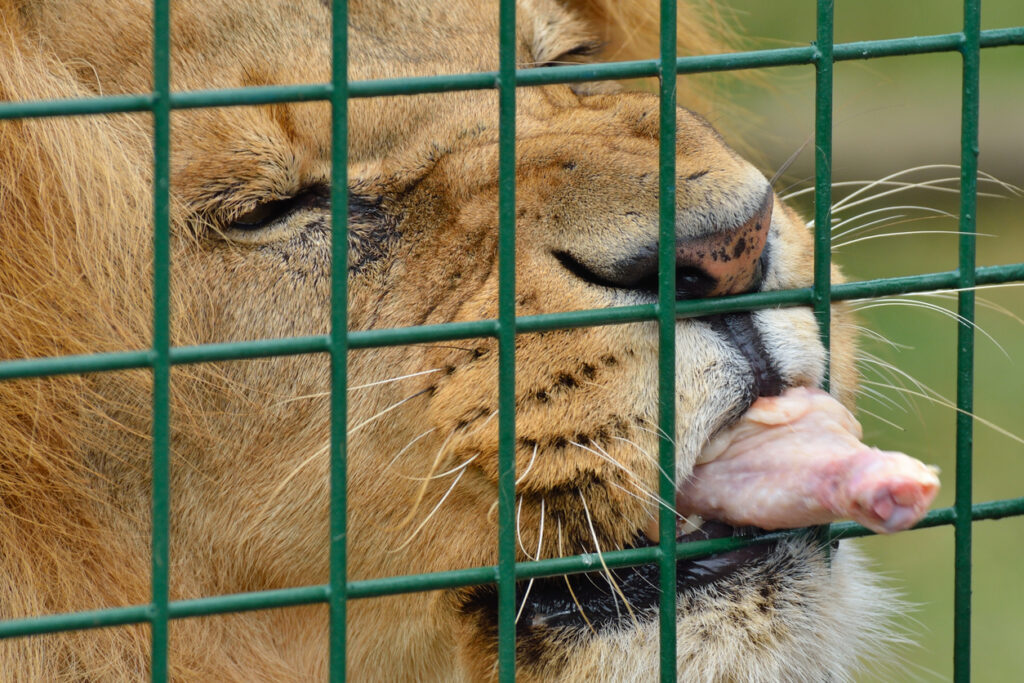
When animals at the zoo get hot, the staff steps in with some pretty smart solutions. You’ll see lions licking frozen meat treats, elephants splashing in cool showers, and bears lounging near ice blocks. You don’t need a zoo budget to try this at home. Freeze low sodium broth into cubes for dogs, give cats cool towels to stretch on, or even offer safe frozen fruit to rabbits and guinea pigs. Small changes can go a long way. Your creativity might not look like a full exhibit, but to your pet, it could mean the difference between stress and peace.
7. Indoor Pets Aren’t Always Safe from the Heat

Just because your pet is inside doesn’t mean they’re not overheating. Closed windows, stuffy rooms, and no breeze can make indoor spaces just as risky as outdoors. If your home doesn’t have air conditioning, use fans, open shaded windows, and place water bowls in several locations. Keep an eye on where your pet prefers to rest and make sure it’s not a hot surface. Try rotating cool resting spots throughout the day. Even simple things like wiping them down with a damp cloth can help. Being indoors gives you more control, but it still takes effort to keep it comfortable.
8. Know the Warning Signs Before It’s Too Late
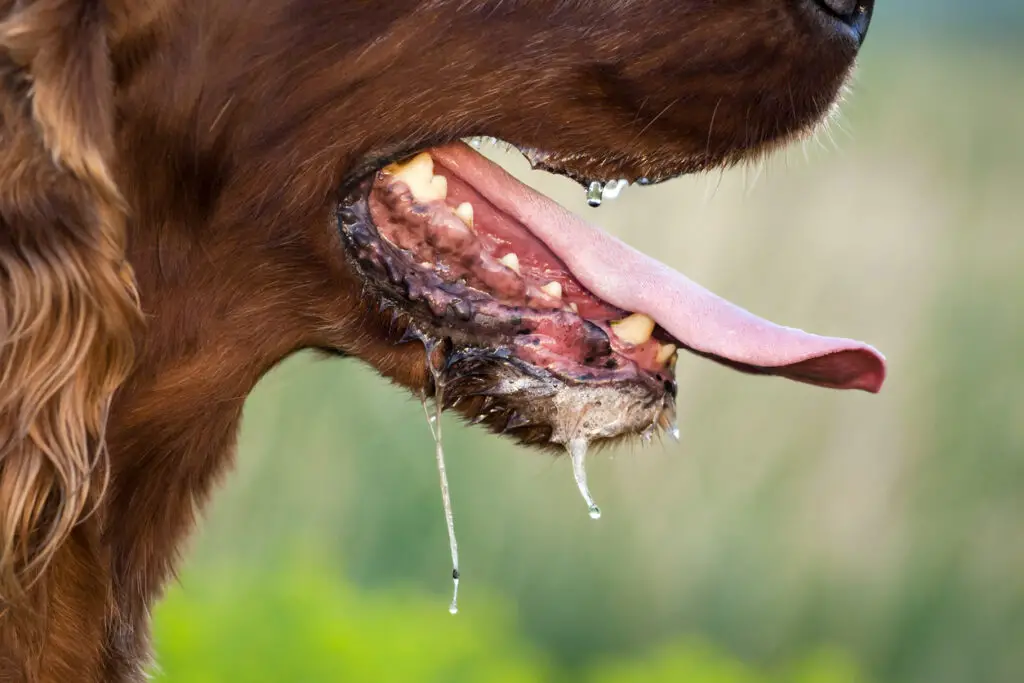
Sometimes animals won’t show distress until things are already serious. Look out for excessive drooling, staggering, vomiting, or even laying down and refusing to get up. These are all signs of overheating or worse. If you notice any of these symptoms, move them to a cooler area immediately and offer water. You can place a cool wet towel on their body, but never use ice or freezing water. Time matters here. The sooner you act, the better their chances of recovery. Watch closely in the heat. They can’t explain how they feel, but their body language speaks volumes.
9. Never Leave a Pet in a Parked Car No Matter What
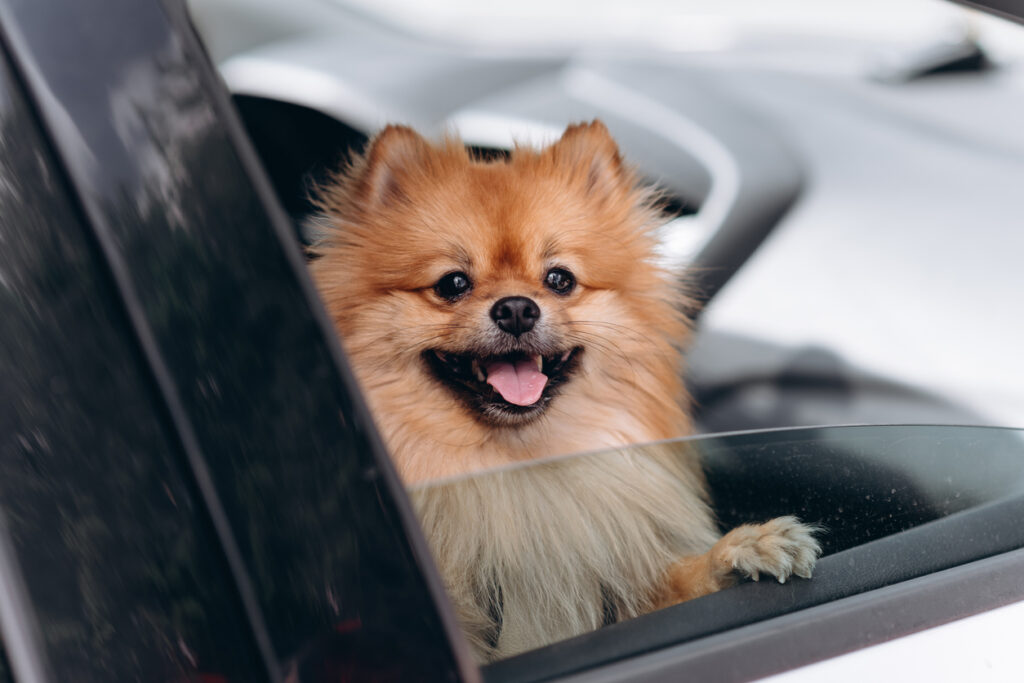
It doesn’t matter if you crack the windows or run in for just five minutes. A parked car in August can turn deadly before you’ve even reached the checkout. The inside temperature rises quickly, and your pet can start suffering within minutes. Leaving them behind while you do a quick errand might feel harmless, but the risk is real and irreversible. If you’re going somewhere they can’t go inside with you, it’s better to leave them at home. They’ll be safer, calmer, and far more comfortable waiting in a cool room than a sealed hot box in the sun.
This story 9 Ways the Summer Heat Could Hurt Your Pets and What to Do About It was first published on Daily FETCH


